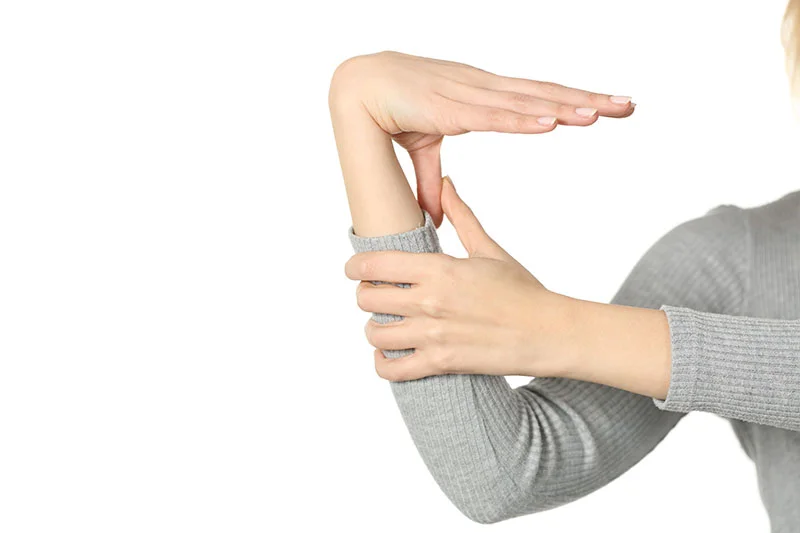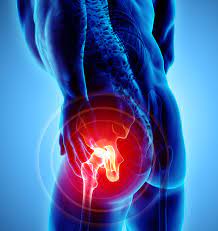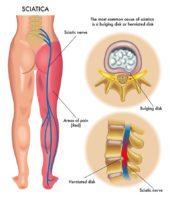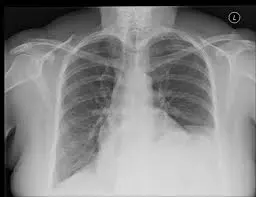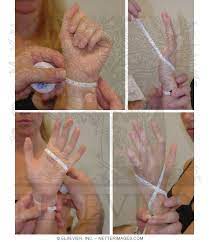Hypermobile joints
Table of Contents
What are Hypermobile joints?
Hypermobility of the joints happens when the tissues holding a joint together, importantly ligaments and the joint capsule, are too loose. Sometimes, weak muscles around the joint contribute to hypermobility.
If you have hypermobile joints, you are able to extend them easily and painlessly beyond the usual range of motion (ROM).
The joints most usually affected are the:
- knee joint
- shoulders
- elbows
- wrists
- fingers.
Hypermobility is a usual condition, especially in children, since their connective tissues are not completely developed. A child with hypermobile joints may miss the ability to hyperextend as they age.
Having joint hypermobility may also be known as:
- having joint laxity, or hyperlaxity,
- being double-jointed,
- having loose joints,
- having hypermobility syndrome.
What are the common causes of Hypermobile joints?
- Most usually, hypermobile joints look without any underlying health conditions. This is well known benign hypermobility syndrome after the only symptom is hypermobile joints.
It can be caused by:
- bone shape or the deepness of the joint sockets,
- muscle tone or strength,
- a poor sense of proprioception, which is the ability to sense how long you are stretching,
- a family history of hypermobility.
- Some people with hypermobile joints develop stiffness or pain in their joints. This is well known joint hypermobility syndrome.
In infrequent cases, hypermobile joints occur because of an underlying medical condition. Conditions that could potentially because hypermobility involve:
- Down syndrome, which is a developmental disability,
- cleidocranial dysostosis, which is an inherited bone development disorder (DD),
- Ehlers-Danlos syndrome, which is an inherited syndrome harming elasticity,
- Marfan syndrome, which is a connective tissue disability,
- Morquio syndrome is an inherited disorder that harms metabolism.
When to seek treatment for hypermobile joints?
- Usually, people with hypermobile joints do not have other signs, so they do not require management for their disease.
However, you should look to a doctor if you have:
- pain in the loose joint during or later movement,
- sudden changes in the look of the joint,
- changes in mobility, specifically in the joints,
- Exchanges in the functioning of your arms and legs.
Relieving symptoms of hypermobile joints
- If you have joint hypermobility syndrome, treatment will be concentrating on releasing pain and building up the joint. Your doctor may suggest you utilize prescription or over-the-counter pain relievers, creams, or sprays for your joint pain. They may also recommend some exercises or physical therapy.
Physiotherapy Treatment
- The importance of physiotherapy in hypermobility patterns is to access muscle inhibition, atrophy, and reduced joint control ascribed to joint aches. Another main step in managing hypermobility syndrome is education.
- Without this education patients will continue to go over the usual joint range and their extreme joint range can cause a more unstable joint. Fatigue, anxiety, and depression are sometimes joined with HMS, and we must strive to ameliorate their quality of life.
- It is compulsory to encourage an active lifestyle, so give for example a schedule with exercises to fulfill at least three times a week.
Treatment overview:
- Education of hypermobility syndrome,
- Activity modification,
- Stretching affected joint,
- Strengthening exercises for affected joints,
- Osteopathic manipulative treatment.
Active mobilization exercises: shoulder circumduction, arm circles, neck rotations, neck lateral flexions, wrist circles, side flexions of the spine, or thoracic rotations in sitting, hip flexion, knee flexion, and ankle rolls.
Closed-chain exercises are good exercises in many regards: they may decrease strain on injured ligaments, augment proprioceptive feedback, and optimize muscle action. In the studies by Sahin and Ferrell, they trained specifically with the knee joint, while the other two studies incorporated full-body exercise interventions to manage joint hypermobility syndrome.
Strengthening exercises: stabilizing muscles surrounding hypermobile joints can be effective for joint support during movement or can decrease pain. These involved shuttle runs, squat thrusts, sitting-to-standing, step-ups, or star jumps. (30 seconds or a predetermined number of repetitions)
Proprioception exercises: a reduced joint position sense (is there proof of will make the patient more vulnerable to damage? The reduced sensory reply may conduct in biomechanically uninvolved limb positions being adopted, conducting abnormal postures. Coordination and balance exercises may increase proprioception. The exercise accomplished on the board balance wood (2 to 3 minutes), mini-trampoline jumping (30 reps), walking with eyes closed, single leg standing, and single leg ball rolling, forward and backward flexes on one leg (eyes open or closed), tendom walking.
Control neutral joint position: Reconginying the unusual resting place of symptomatic joints, re-training postural muscles to facilitate optimal joint alignment (avoid hyperextension of the knee when standing)
Re-train dynamic control: once a ‘neutral’ resting position is achieved, re-training of personal muscles to maintain joint position while moving adjacent joints (hip flexion while maintaining spinal neutral) Dynamic control will be exercised with routine activities or sports.
Motion control: improving the ability of personal muscles to control the joint through its whole range, both concentrically and eccentrically, static and posture ( on sitting to standing quadriceps or performing concentrically on standing up and eccentrically on sitting down).
What is the outlook for hypermobile joints?
- You are more similar to dislocating and injuring your joints across sprains or strains if you have hypermobile joints.
You can try the following to reduce your risk of complications:
- Doing most of the exercises to strengthen the muscles surrounding the joint.
- Learn what the usual range of motion (ROM) is for each joint to avoid hyperextension.
- Protect your joints during physical activity by utilizing padding or braces.
- Look for a Physical Therapist to have a detailed joint strengthening program developed for you.
FAQs
The important cause of HSD and hEDS is genetics. Hypermobility sometime moves in families and therefore cannot be cured. It is believed that if 1 parent has hypermobility 1 in 2 children will have it. Someone who has HSD or hEDS sometime has faulty or fragile collagen.
People with these conditions are at risk of harm because their joints are too flexible. People who have hypermobile EDS/hypermobility spectrum disorders may be at risk for other medical problems, like Abdominal cramping, bloating, loose stools, and constipation.
The nature of JHS means that you are at increased risk of harm, like dislocations and sprains. Treating the condition may however involve treating short-term injuries as they arise while following a long-term treatment plan to manage routine symptoms.
Yes, Ehlers-Danlos syndrome can create you look younger. The patients with Ehlers-Danlos syndrome (EDS) do not have any wrinkles as the collagen is additionally stretchy. This creates their skin soft and young.
In most people, hypermobility does not cause any pain or medical issues. Moreover, for some people, hypermobility causes joint pain, joint and ligament injuries, tiredness (fatigue), bowel issues, and another symptom. Joint hypermobility syndrome is most usual in children and young people.
Hypermobility sometimes improves with age. Families should be aware that the main risk comes from preventing children to live usual lives. Children should be encouraged to maintain a usual level of activity, including playing any sports they are interested in.
Osteoarthritis is a usual condition characterized by joint degeneration (wearing down), pain, and stiffness. It has also been associated with excessive joint flexibility, involving varying degrees of joint instability, hypermobility, and laxity.

